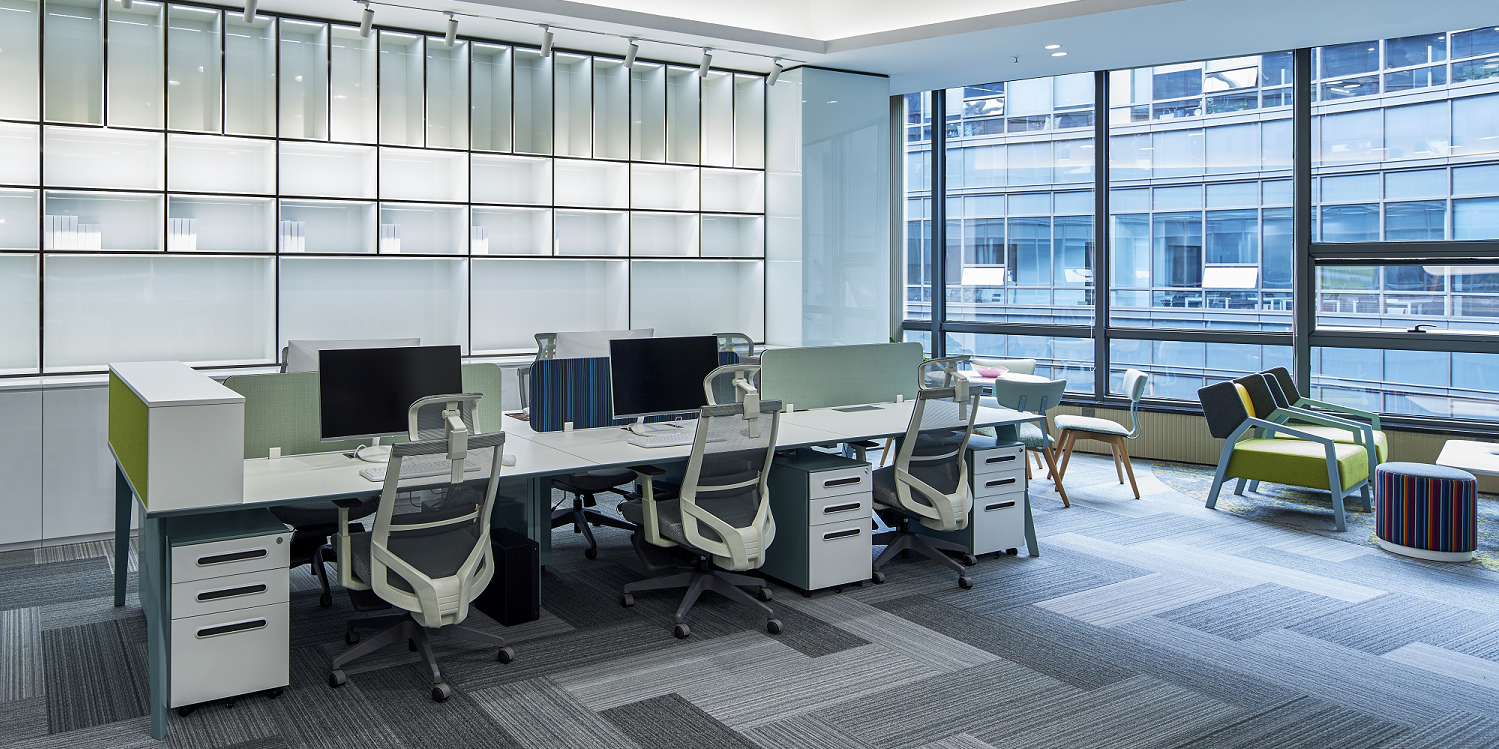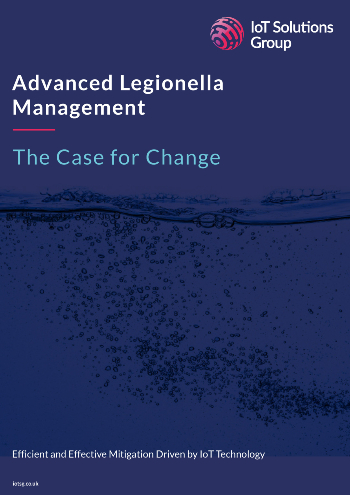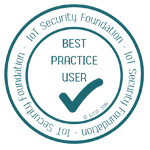IoT solutions to protect office water systems from Legionella during reduced use

In December 2021, Boris Johnson confirmed that England would enact Plan B measures in response to the rapid spread of the Omicron variant of coronavirus across the UK.
As part of Plan B, people were once again advised to limit their social contacts by working from home if they could, which meant thousands of offices have sat vacant until now, with measures now starting to be relaxed.
However, this period of reduced use has posed a considerable threat to the safety of many offices' water systems. When shut down for prolonged periods, the risk of finding harmful bacteria in the water, such as Legionella, which causes the potentially fatal Legionnaires' disease, increases, so sufficient mitigation needs to be in place.
Fortunately, IoT technology is helping to mitigate the risk of Legionella growing in water systems. Office facilities managers can have greater confidence in eventually welcoming people back to the workplace safely with remote monitoring.
All employers and people in control of premises [e.g. landlords] have a legal obligation to identify, monitor, and control the risk of legionella bacteria in their water systems. Failure to mitigate sufficiently can result in significant penalties, even if no outbreak occurs.
The traditional approach to managing legionella risk involves regular site visits for water flow and temperature checks. However, this can be costly, inefficient – especially when visiting multiple sites – and inaccurate due to human error and limited information in-between visits.
With IoT solutions to monitor water temperatures during periods of reduced use, bacteria growth no longer has to be such a challenge for facilities managers. Benefits around time, cost, water and energy savings also support an organisation's sustainability goals.
As the pandemic continues to disrupt everyday working life, we could face further advice to work from home and staff shortages that could impact monitoring routines. Therefore, a solution that helps prepare for these incidences would provide considerable benefits to facilities managers and the organisations they serve, both now and moving forward.
Legionella - A Case for Change
This document explores new ways of managing legionella mitigation obligations through IoT. Delivering cost savings, reduced carbon emissions and improved compliance.
Please send me the document - here are my details






